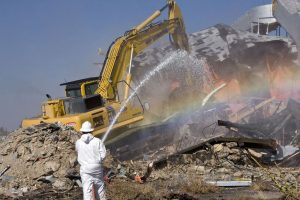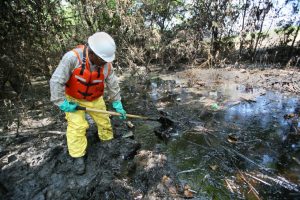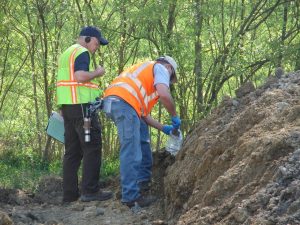A second opinion on your environmental remediation plan can save you time and money
Thoroughly understanding site assessments and environmental remediation plans is always a challenge. Since most people aren’t familiar with hazardous waste laws, science, and jargon, it is difficult to know if your environmental consultants are making recommendations that are in your best interest. And while their plans may be sound, it is often a good idea to get a second opinion.
 What is environmental remediation?
What is environmental remediation?
Environmental remediation services involve providing solutions to contamination issues, and include removing contaminants from groundwater, surface water, sediment, or soil, including cleaning up after an oil spill. Remediation is very often a governmental requirement or regulation that has the intent to protect people and the environment from exposure to contamination and its potential harmful effects. Limiting exposure can also involve institutional controls such as a deed restriction where remediation is not feasible or cost-effective.
What is an environmental remediation second opinion?
A second opinion includes an independent assessment of an environmental project to evaluate if the proposed remedial action plan is appropriate and that once it is implemented, is progressing satisfactorily and helps to ensure that potential receptors are being protected. These services typically include review of the proposed work plan, laboratory analyses of duplicate samples, observation of field activities performed by cleanup contractors or other consultants, review of documents for technical completeness, and invoice review to evaluate if charges are customary and reasonable.
To illustrate the importance of a second opinion, consider the following: Tata & Howard provided a second opinion to a client who had made a non-refundable $4,000,000 down payment on a property in an industrial area of Boston, MA. Initial assessment by a prior consultant identified petroleum related compounds and styrene in indoor air, the source of which was, according to them, an underground storage tank (UST) located outside the building. Tata & Howard’s assessment indicated that the styrene was actually from an unrelated source inside the building and that a level of No Significant Risk existed for presence of the petroleum related compounds. Remedial action was not necessary to achieve a condition of No Significant Risk and the clients did not lose their $4,000,000 deposit. Read the complete case study here.
The previous example saved the buyers on a number of levels. First, they did not lose their deposit. Second, they didn’t have to invest in a costly remedial action plan. And third, their ability to move quickly forward with the closing saved on time — and we all know that time is money.
Getting a second opinion will not only better help you to understand your options, but will often help save you money. Tests and analyses may provide a second set of findings, and a fresh set of eyes can often develop an alternate course of action that requires less time and fewer resources. Every site is unique, and every consulting firm has its own methodology. However, not everyone realizes that in today’s competitive economy, it is imperative to identify solutions that are both cost-effective and that can be applied with minimal disturbance to your business activities.


